
Two technologies that have become ubiquitous in facilitating quick data transfer are QR Codes and NFC (Near Field Communication). While both serve the fundamental purpose of transmitting information, they do so in distinct ways, each with its own set of advantages and limitations.
Whether it’s scanning a QR code to make a payment or tapping your smartphone to share contact information via NFC, these technologies have integrated themselves into our daily lives, often without us even noticing.
But what exactly are QR Codes and NFC? How do they work, and more importantly, how do they differ from each other?
In this comprehensive article, we will delve into the nuts and bolts of these two technologies. We’ll explore their applications, from the mundane to the innovative, and discuss their limitations so you can make an informed decision about which technology best suits your needs. We will also highlight the key differences between QR Codes and NFC, helping you understand the unique value each brings to the table.
So, let’s get started.
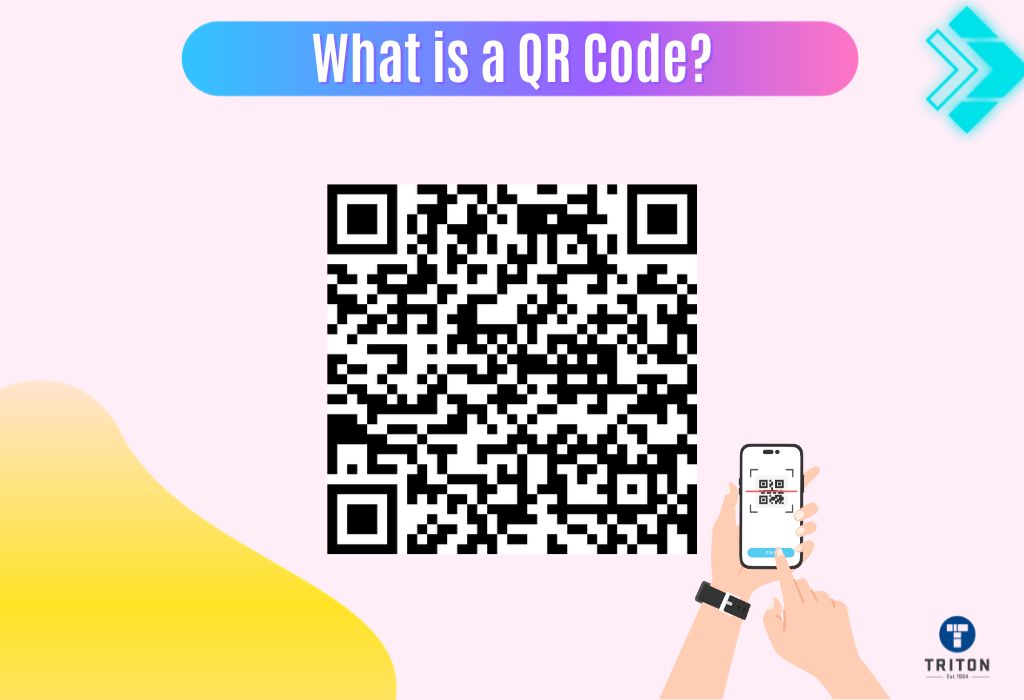
QR (Quick Response) codes are two-dimensional barcodes comprising (usually) black modules arranged in a square grid on a white background.
Key elements of the structure include Finder Patterns for recognising the code, Timing Patterns for determining cell size, Alignment Patterns for correcting distortions, and Format and Version Information for detailing the code version and error correction level.
QR codes can store various data types, including alphanumeric data (such as URLs, phone numbers, or plain text), numeric data (up to 7,089 characters), binary data (like multimedia files), and Japanese Kanji characters.
There are two main types of QR codes – static and dynamic.
Read our ultimate guide to know the difference between static and dynamic QR codes.
QR codes are used to store and digitally present data which has led to their diverse applications. Some of the prominent uses of QR codes are in advertising, product labelling, and digital payments. By scanning the QR code with a smartphone, individuals can access specific content, such as a website, app, or payment portal, without typing any URL or other information. QR codes have also been used in ticketing for events and transportation, as they can encode ticket information in a manner that can be easily scanned and processed.
As per the report of NCBI, the adoption of QR code rose significantly during Covid-19 for health safety reasons, as they reduce physical contact.
Explore a world beyond QR codes by diving into our comprehensive guide on Alternatives to QR codes. Also, do check our ultimate guide on QR code best practices and how do QR codes work for more tips and tricks on creating QR codes.
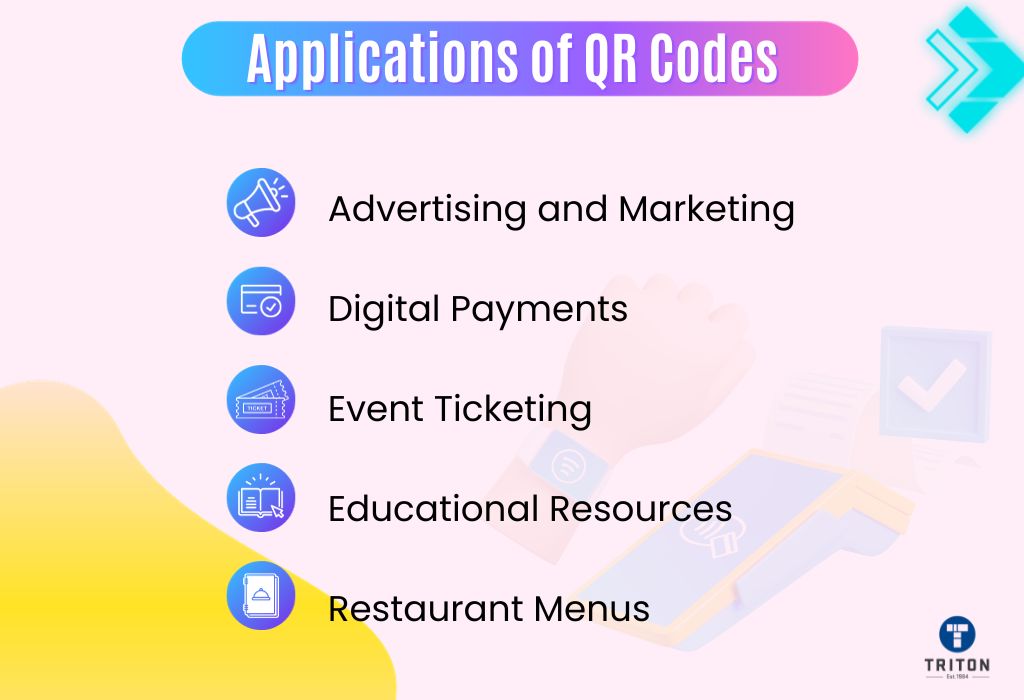
Some common applications of QR codes are as follows.
Below are a few advantages of QR codes.
Other than smartphones, QR codes can also be scanned using barcode scanners. Check out our article on types of barcode scanners to learn about the different types of scanners available.
A few limitations of QR codes are as follows.
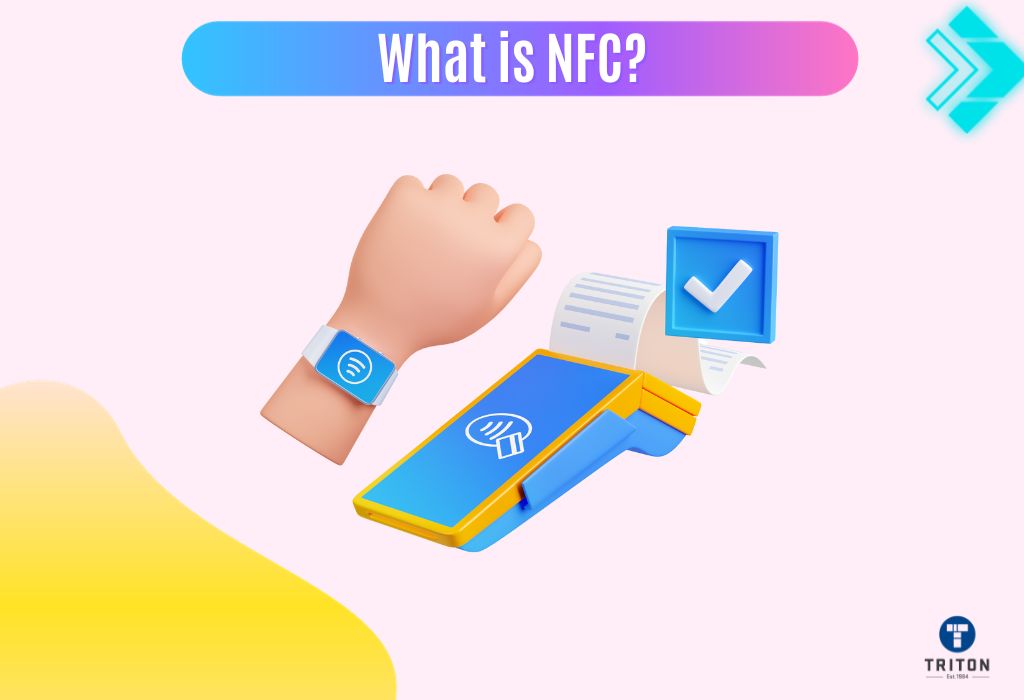
Near Field Communication, or NFC, is a set of communication protocols. These protocols enable two electronic devices to establish communication by bringing them within a very close range of each other, typically 4 cm (1.6 inches) or less.
NFC technology is commonly used for contactless payment systems. It is also used for sharing small amounts of data between NFC-enabled devices (like sharing a photo or contact information). NFC is incorporated in many modern smartphones, android phones, and similar devices.
The concept of NFC is rooted in radio-frequency identification (RFID) technology, with the crucial difference being that NFC is designed for short-range use. Unlike QR codes, NFC doesn’t require a user to align a scanner with a small target; instead, it works via proximity.
An NFC transaction begins as soon as the two devices come near each other, making NFC very convenient for certain applications. For instance, one can simply tap an NFC-enabled smartphone to an NFC payment terminal to pay for a purchase, with no swiping or scanning of a code required.
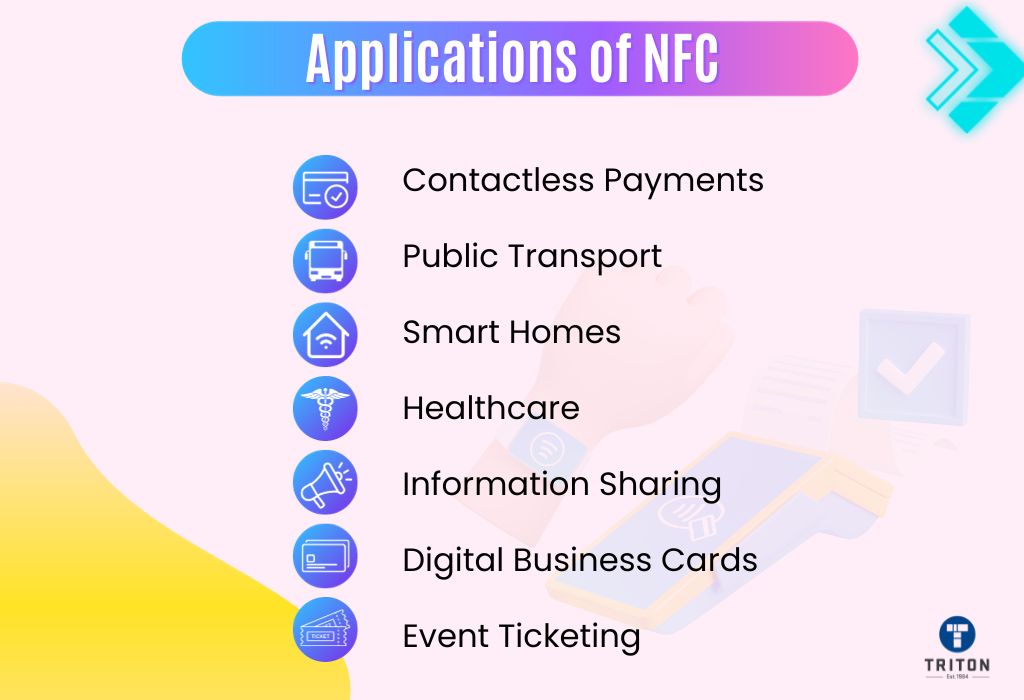
Here are some common applications of Near Field Communication (NFC).
Here are the advantages of NFC technology.
Here are the limitations of NFC technology.
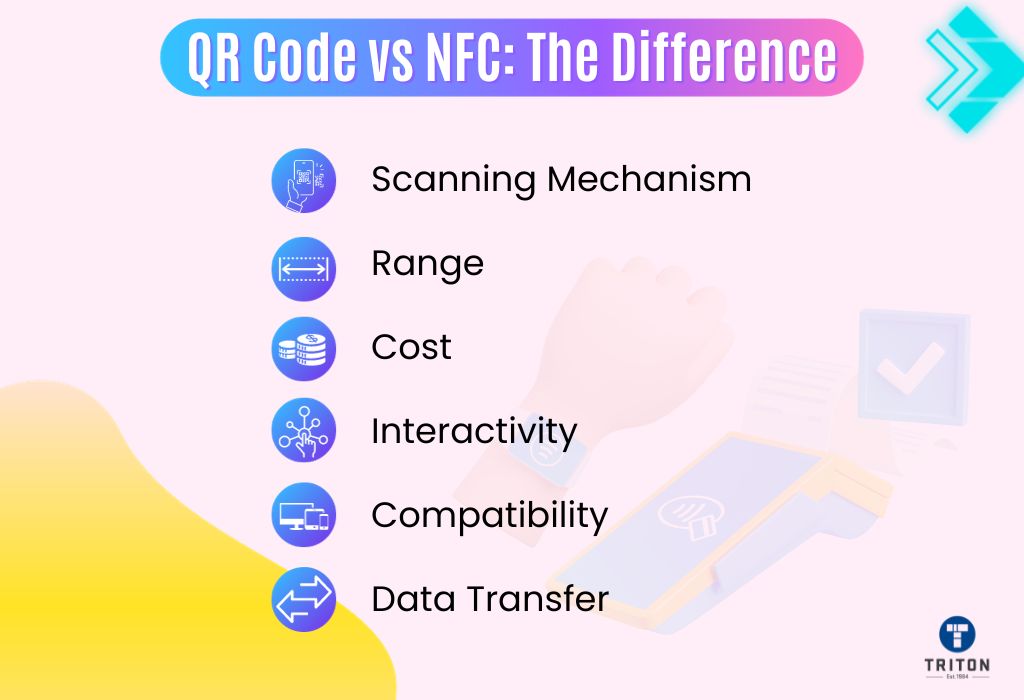
The key differences between QR codes and NFC are:
Difference | QR Code | NFC |
|---|---|---|
Types | Static QR code,
Dynamic QR code,
Micro QR code,
QR code model 1 and model 2
| NFC A,
NFC B,
NFC F
|
Scanning Mechanism
| Scanned using a smartphone camera or dedicated 2D scanner. | Operates through radio communication between devices.
|
Range | Can be scanned from a distance, as long as the camera can clearly read the code.
| Requires very close proximity (typically less than 4 cm) for communication.
|
Cost | Are cheaper to implement, needing only to be printed.
| Requires an embedded chip, raising the cost.
|
Interactivity | Are static, and the user initiates the interaction.
| Can initiate interaction with an NFC-enabled device.
|
Compatibility | Can be used with any device with a camera and a QR reader application, making them universally compatible. | Requires devices to have NFC capabilities, which may not be present in all devices.
|
Anyone can generate a QR code for free by using a QR code generator or downloading and installing one of the many available applications.
However, these free generators provide limited functionality. For instance, most free services offer QR Codes in PNG/JPEG formats only. These are more suitable for digital displays but not printed creatives.
Therefore, if you want to create a perfect QR code with the right design and features, then we, at Triton, recommend using Seagull Scientific’s BarTender Software. To learn more about this amazing software, check out our guide on understanding BarTender software.
At Triton, we provide an extensive range of BarTender Software editions. Our offerings include Starter Edition, Professional Edition, Automation Edition, Enterprise Edition and BarTender Cloud.
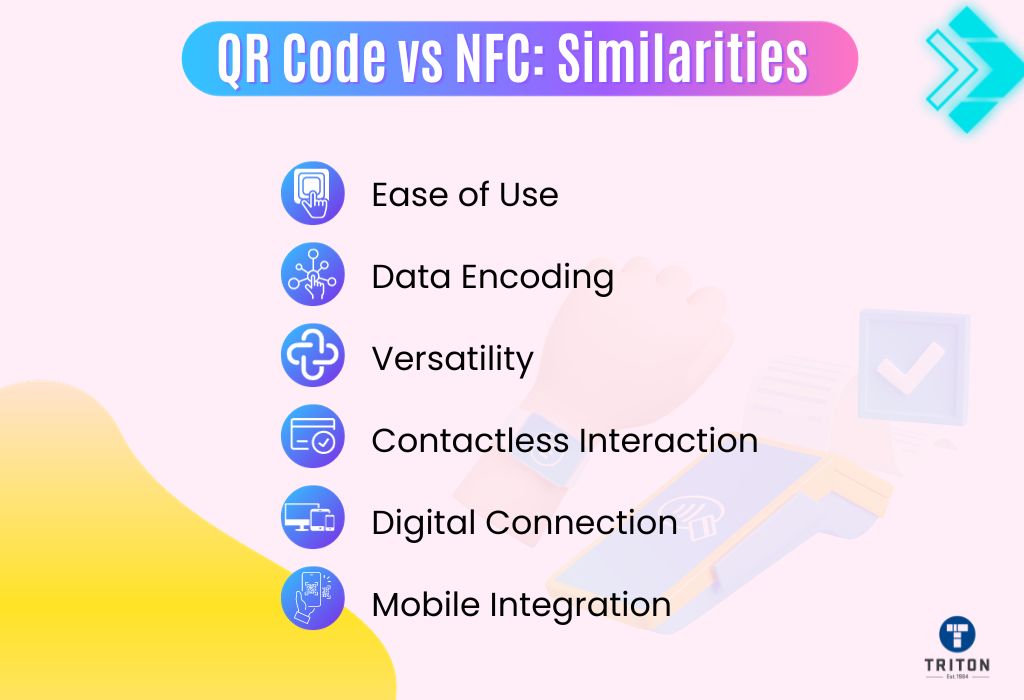
Here are the key similarities between QR codes and NFC.
Choosing between QR codes and NFC (Near Field Communication) largely depends on your specific needs and use case. Here are a few factors to consider:
In conclusion, you should choose based on your specific requirements considering factors like range, hardware, cost, user experience, data capacity, flexibility, and security.
Whether NFC is better than QR codes or vice versa depends largely on the specific use case, as each technology has strengths and limitations.
NFC is often seen as more user-friendly because it can initiate communication simply by bringing two devices in close proximity.
On the other hand, QR codes can be printed and displayed anywhere, scanned from a distance, and read by any device equipped with a camera and a QR code reader, which makes them more universally compatible.
In summary, the “better” technology depends on factors such as
In conclusion, NFC and QR codes offer unique advantages in ease of use, versatility, and digital connectivity.
While QR codes offer a more universally compatible and cost-effective solution, NFC excels in close-range interactions, two-way communication, and user convenience. The choice between the two often depends on the specific needs and constraints of the application.
However, both technologies have significantly enhanced how we interact with digital content and services in our everyday lives.
Melbourne
Brisbane
Phone 1300 558 438
Live Chat – Widget below
Melbourne
Brisbane
Phone 1300 558 438
Live Chat – Widget below